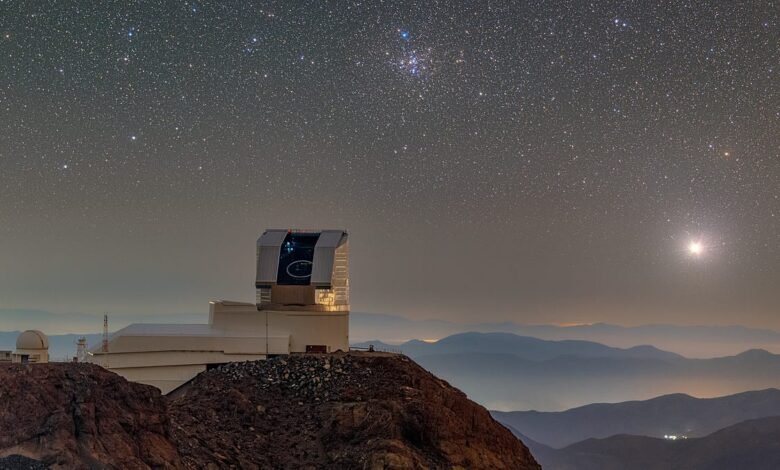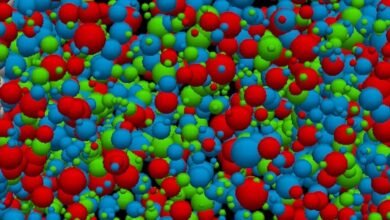Ask Ethan: What puzzles can the Vera Rubin Observatory help solve? | by Ethan Siegel | Starts With A Bang! | Jul, 2025

In just its first 10 hours of observations, the Vera Rubin observatory discovered more than 2000 new asteroids. What else will it teach us?
Out there in the Universe, there are both discoveries just waiting to be made and cosmic puzzles just waiting to be solved. We have an incredibly robust picture of our cosmos, at present. We know the hot Big Bang marked the beginning of our Universe as we know it some 13.8 billion years ago, set up by a preceding period of cosmic inflation that seeded the Universe with fluctuations that would eventually grow into stars, galaxies, and the cosmic web. We know that, today, our Universe is still expanding and cooling, and isn’t just full of normal matter and radiation, but large amounts of dark matter and — for the last ~6 billion years — dark energy has been causing the expansion of the Universe to accelerate.
But even with the advances brought by cutting edge observatories like Hubble, ALMA, and JWST, much remains unknown. We still haven’t found the first stars. We don’t know why there’s more matter than antimatter in the Universe. We don’t have a resolution to the Hubble tension, or why different methods of measuring the expansion rate yield different, incompatible results. But…
Source link




